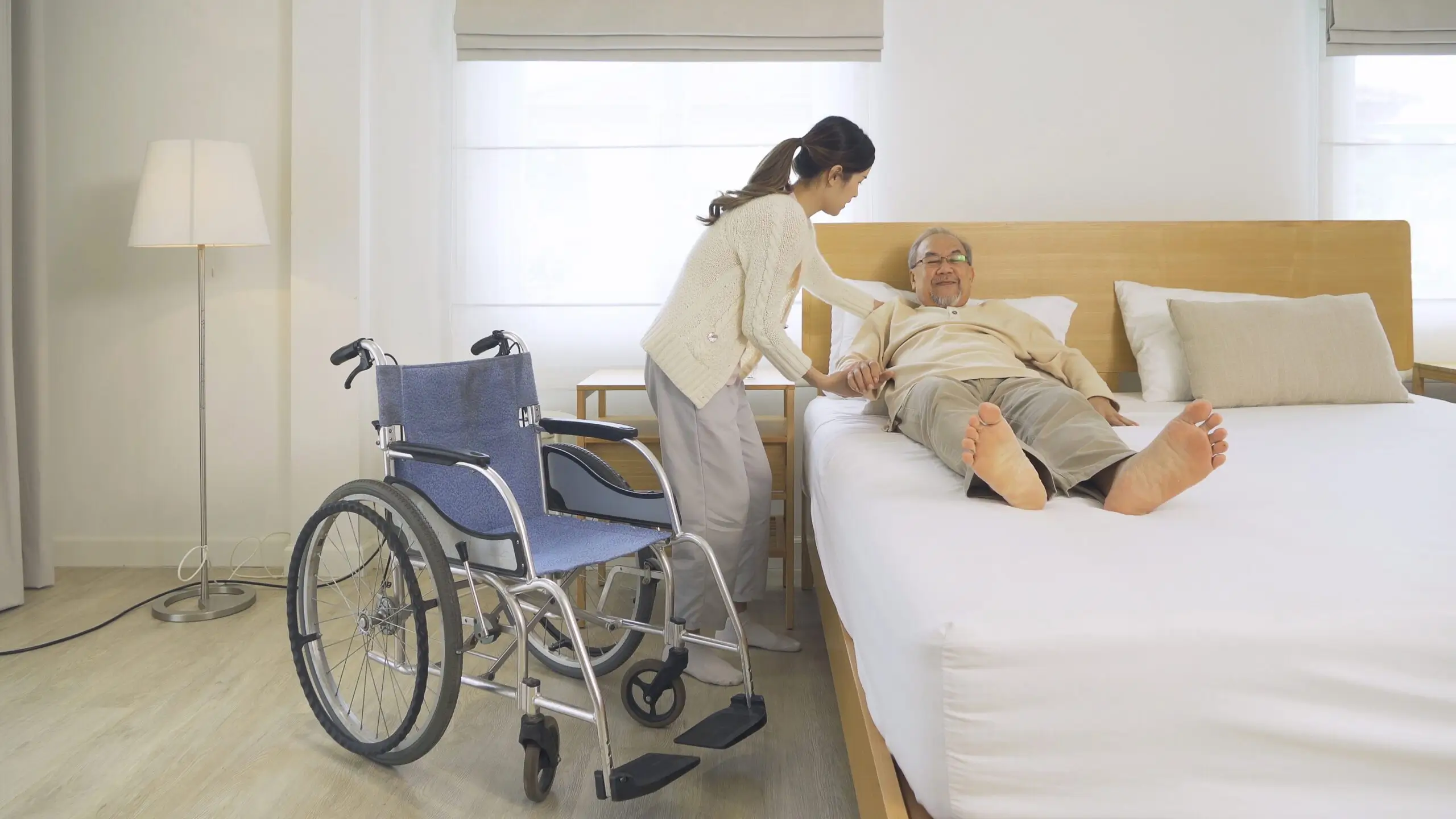Transferring Tips for Caregivers
Transferring Tips for Caregivers

If your loved one needs assistance getting in and out of a car or chair, you understand that helping loved ones move can present significant challenges. Whether you’re managing bed to wheelchair transfers, assisting with standing from a seated position, or dealing with resistance to movement, these situations require careful planning and proper technique. Safe transfers for seniors are crucial not only for preventing injuries to your loved one but also for protecting yourself as a caregiver from strain and injury.
Effective caregiver transfer techniques involve more than just physical strength—they require understanding, patience, and strategic planning. By focusing on safety, involving your loved one in the process, and creating a supportive environment, you can make transfers smoother and less stressful for everyone involved. These transfer tips for caregivers will help you develop confidence and competence in assisting elderly with mobility while maintaining their dignity and independence.
Key Transfer Tips for Caregivers
Give Warning: Prepare Your Loved One
Always provide fair warning before initiating any transfer to help your loved one mentally and physically prepare. This advance notice allows them to engage their remaining mobility capabilities and reduces anxiety about unexpected movement. Clear communication about upcoming transfers helps create a cooperative atmosphere and ensures your loved one feels respected and involved in their care.
Involve Them: Encourage Active Participation
Encourage your loved one to participate in transfers whenever possible to maintain their sense of independence and dignity. Even limited participation helps preserve muscle strength and cognitive engagement in their daily care routine. Active involvement also makes transfers more efficient and safer, as your loved one can help guide the movement and alert you to any discomfort or dizziness.
Use Clear Instructions: Keep Communication Simple
Provide gentle, clear instructions throughout the transfer process, but avoid overwhelming your loved one with too many words. Simple, encouraging phrases like “ready to stand” or “let’s take our time” work better than complex explanations. Remember that excessive talking can create confusion and anxiety, so focus on essential communication that guides the transfer smoothly.
Minimize Transfers for Safety and Comfort
Strategic planning is essential for safe transfers for seniors. Movement is crucial to prevent muscle atrophy and pressure sores due to immobility, but excessive transfers can heighten safety risks and increase stress levels for both you and your loved one. Take time to plan your daily activities thoughtfully, considering all the transfers needed to accomplish your schedule.
Review each planned transfer and ask yourself whether it’s truly necessary or if activities can be reorganized to reduce movement. For example, can personal care tasks be completed in one location before moving to another? Can meals be served in a comfortable chair where your loved one can remain for extended periods? This approach to caregiver transfer techniques helps minimize physical strain while ensuring quality of life remains high.
Safe Transfer Techniques and Body Mechanics
Proper body mechanics are fundamental to safe lifting techniques for caregivers. Always position your feet shoulder-width apart to create a stable base of support, keep your back straight to prevent injury, and bend your knees rather than your waist when lifting or assisting. These positioning strategies protect your spine and joints while providing maximum leverage for safe transfers.
When learning how to transfer a patient safely, invest in and use a gait belt for transfers. This essential mobility aid allows you to provide support and stability without pulling on your loved one’s arms or shoulders, which can cause injury. The gait belt gives you a secure grip point and helps distribute the transfer forces more evenly across your loved one’s torso.
Take your time with each phase of the transfer process. Whether you’re helping someone roll onto their side in bed, sit up, or move to the front of a chair to plant their feet on the floor, pause between each movement to ensure your loved one isn’t experiencing dizziness or discomfort. Once you’ve successfully helped them reach a standing position, allow a moment for them to get their bearings and achieve stability before proceeding with the next step.
Home Safety Tips for Elderly Care
Creating a “lift-friendly” environment is crucial for supporting elderly independence and ensuring safe transfers for seniors. Any chairs used by your loved one should have firm seats and sturdy armrests that provide reliable leverage when moving to stand. These features significantly reduce the physical effort required for transfers and provide your loved one with confidence-building support points.
Ensure adequate space around furniture to allow safe maneuvering during transfers. Remove all area rugs and other tripping hazards from pathways, as these present significant fall risks during transfers. Consider installing mobility aids for elderly such as grab bars near toilets and in bathrooms, transfer benches for bathtub access, and handrails along long corridors or near beds.
These environmental modifications are essential tips for preventing falls during transfers and create a safe environment for elderly care. Proper lighting is also crucial—ensure all transfer areas are well-lit to prevent accidents and help your loved one see clearly during movements. Consider motion-activated lights for nighttime transfers to bathrooms.




